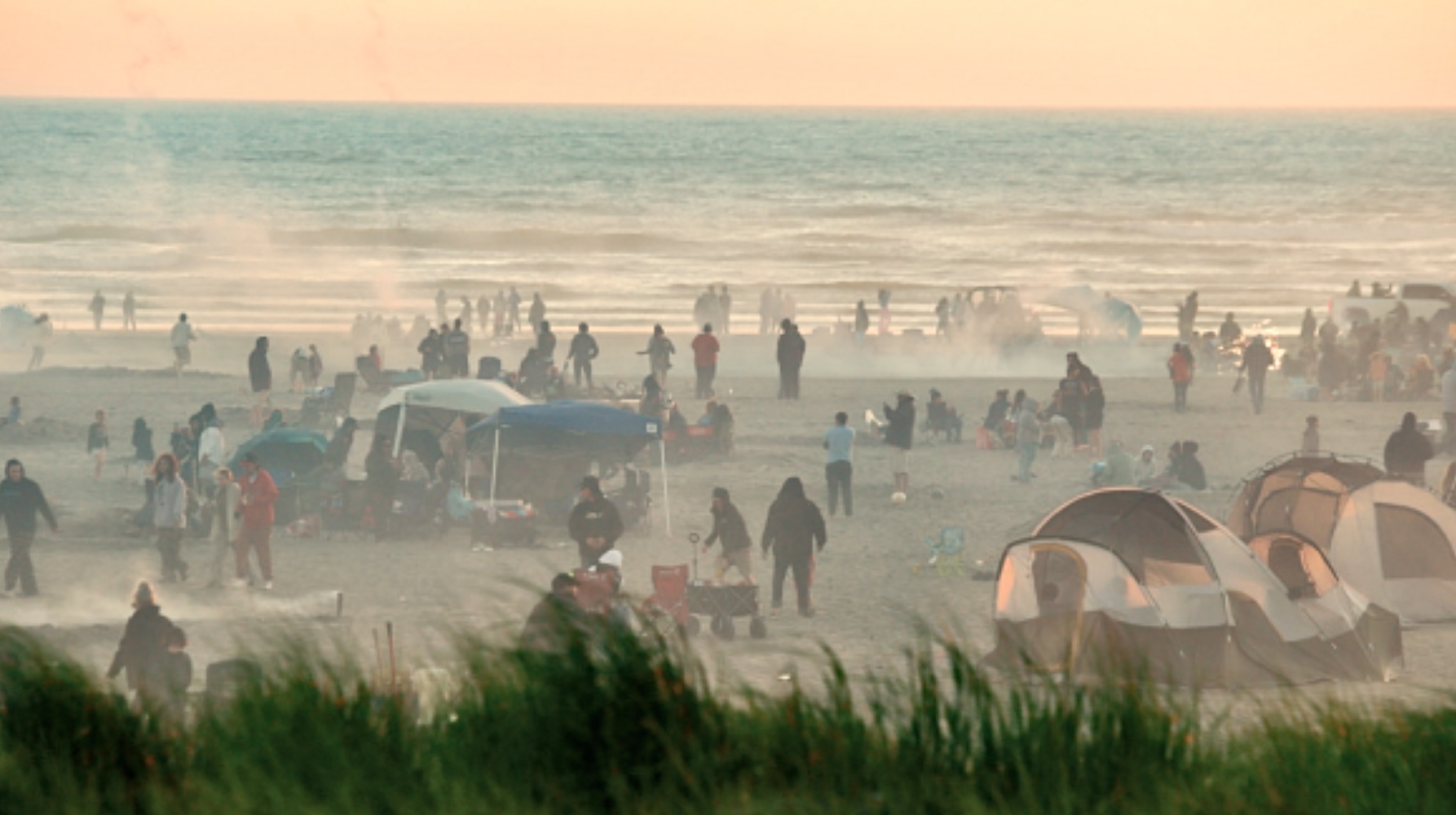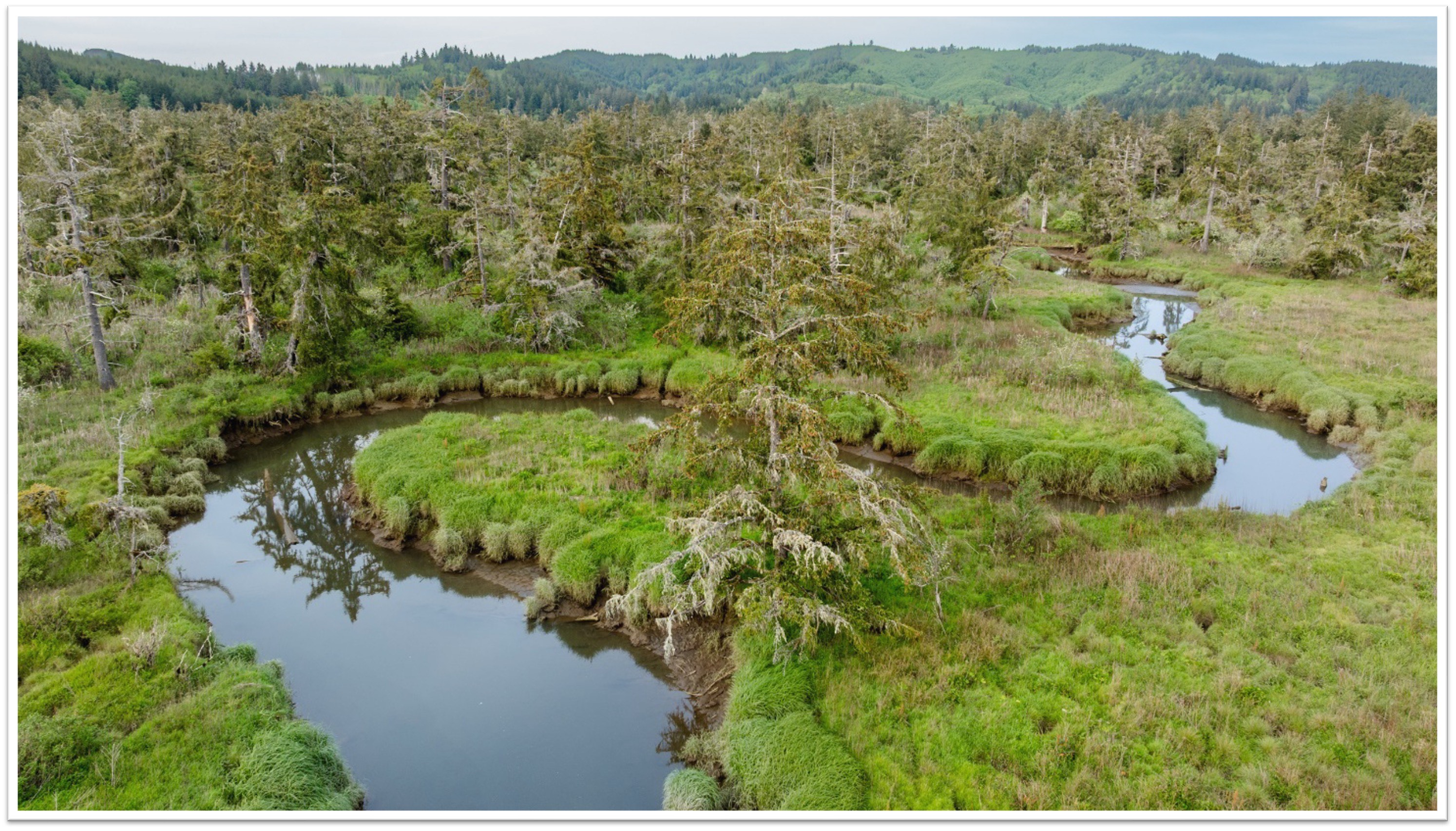Ask a Master Gardener: Versatile crabapples ideal for home garden
Published 5:00 pm Tuesday, May 1, 2007
QUESTION: If you could have your choice of a flowering tree to plant in your landscape, what would it be?
ANSWER: Taking all things into consideration, it would be hard to beat crabapples. They do very well in our coastal climate, are adaptable to various soils, and come in a wide range of sizes and shapes. Right now these trees are in full bloom in eye-catching shades of pink, red and white, sometimes accented by purple or bronze leaf color. Their coloration makes them effective ornamental plants in the landscape.
Unfortunately many older crabapple varieties grown in the past were poorly adapted to our cool, moist climate resulting in severe disease problems. Both powdery mildew and scab often turned infected trees into leaf-shedding eyesores by the end of the summer and threatened their long-term survival. Aggressive spray programs were required to keep crabapple trees healthy and attractive. Newer crabapple varieties with disease resistance are now available.
Of the nearly 60 different crabapples that WSU has evaluated since 1994, a dozen stand out as top performers. All have attractive, profuse bloom in the spring. Many are fragrant. Their level of disease resistance, particularly to scab and mildew infection is good to excellent. While not all of these varieties are suited to every landscape application, collectively, they provide a wide selection of proven high quality. Listed in alphabetical order, they are: Christmas Holly, Evereste, Golden Raindrops, M. baccata v. jackii., M.x zumi ‘calocarpa’, Molten Lava, Prairifire, Professor Sprenger, Sentinel, Sugar Tyme, White Angel and Winter Gem.
WSU Extension has a wonderful publication with detailed descriptions of these recommended varieties including colored photos of trees in bloom. You may obtain a copy by calling WSU Publications at 800-723-1763 and asking for EB 1809 Crabapples for Western Washington Landscapes. The cost is $6 plus tax and shipping. You can also download a free copy at: http://pubs.wsu.edu/
A number of established crabapples that are not quite up to the standard of the top rank due to higher scab susceptibility are very acceptable for ornamental landscape uses and may be easier to find in nurseries. Promising new crabapples, not yet fully evaluated in western Washington, include Prairie Maid, an attractive pink; Adriondack, a late white bloomer with upright habit; and Morning Sun, a white bloomer with abundant yellow fruit that lasts well into winter. Two compact varieties with very dwarf tree habit that may do well in patio or container gardens are pink-flowered Lanceolot and white-flowered Camelot.
QUESTION: We always seem to have a problem with scab on our apples. Is there a spray we can use to prevent this fungus? When should we apply it?
ANSWER: The key to successfully controlling scab is to apply fungicides early and thoroughly to protect new growth. The most critical period for scab development is now when leaf buds are just beginning to open until they are fully expanded. WSU plant pathologists recommend using the fungicide Captan according to labeled directions. Applications should be made now, and again in two weeks. A third application, when apples are about one-half inch in diameter, is also recommended.
Since apple scab over winters on fallen leaves, the disease can be partially controlled in the home garden by raking and disposing of leaves after they fall. If put in a compost pile, be sure leaves decompose completely.
QUESTION: Some of our early vegetables look chlorotic. We think we should fertilize them. What should we use and how much?
ANSWER: A good rule of thumb for fertilizing vegetables is to apply three to four pints of a 5-10-10 fertilizer per 100 feet of row. The fertilizer should be placed two to three inches out from the plant.






